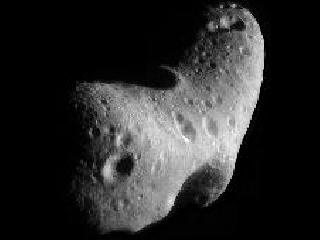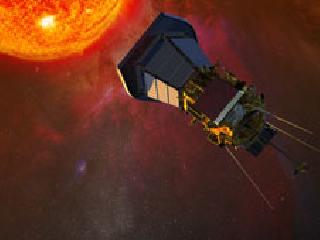
Eros -- an asteroid with an orbit that takes it somewhat close to Earth. A NASA photo
WASHINGTON (BNS): Asteroids somewhat near Earth, also called near-Earth objects, are a “mixed bunch” with a “surprisingly” wide array of colours and composition, scientists studying data provided by NASA’s Spitzer Space Telescope have found.
The diversity of these primitive space particles is greater than previously thought. While some of them are dark and dull, others are shiny and bright; they come in assorted colours and structure.
There are roughly 7,000 known near-Earth objects out of a population expected to be tens to hundreds of thousands.
Scientists have observed around 100 such asteroids and plan to examine another 600 over the next year.
The data provided by Spitzer shows that some of the smaller objects have surprisingly high “albedos” – the amount of sunlight reflected by the object.
Since asteroid surfaces become darker with time due to exposure to solar radiation, the presence of lighter, brighter surfaces for some asteroids may indicate that they are relatively young. This is evidence for the continuing evolution of the near-Earth object population, NASA said.
The wide diversity of the asteroids also suggests their different origins. While some might have come from the main belt between Mars and Jupiter, and others could have come from farther places in the Solar system.
“Very little is known about the physical characteristics of the near-Earth population. Our data will tell us more about the population, and how it changes from one object to the next. This information could be used to help plan possible future space missions to study a near-Earth object,” said David Trilling, lead author of a paper that reports the research results in the September issue of Astronomical Journal.
 Previous Article
Previous Article Next Article
Next Article












The Indian Air Force, in its flight trials evaluation report submitted before the Defence Ministry l..
view articleAn insight into the Medium Multi-Role Combat Aircraft competition...
view articleSky enthusiasts can now spot the International Space Station (ISS) commanded by Indian-American astr..
view article